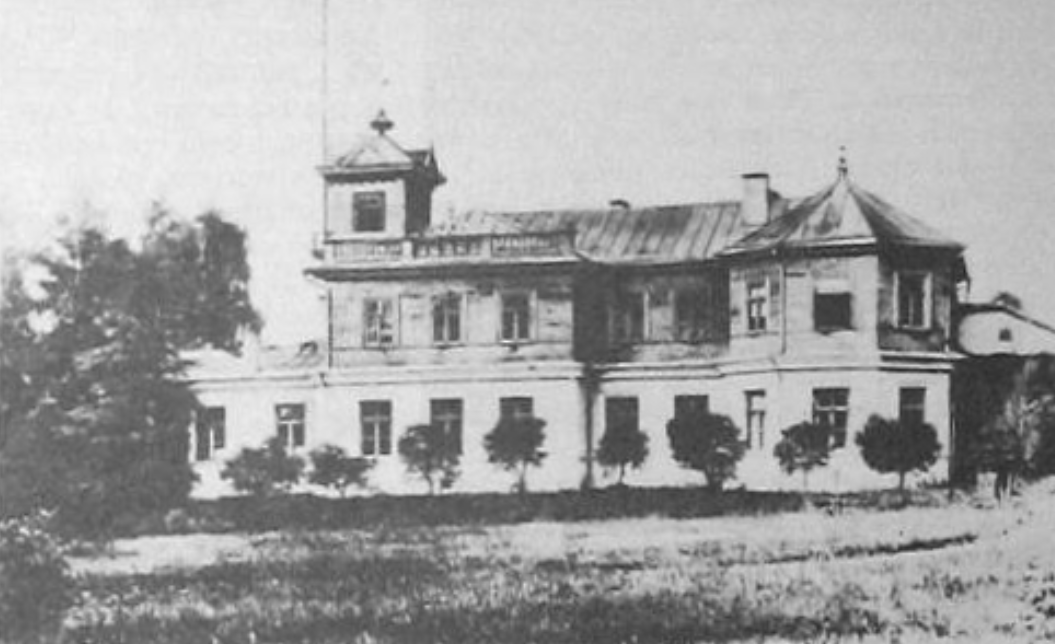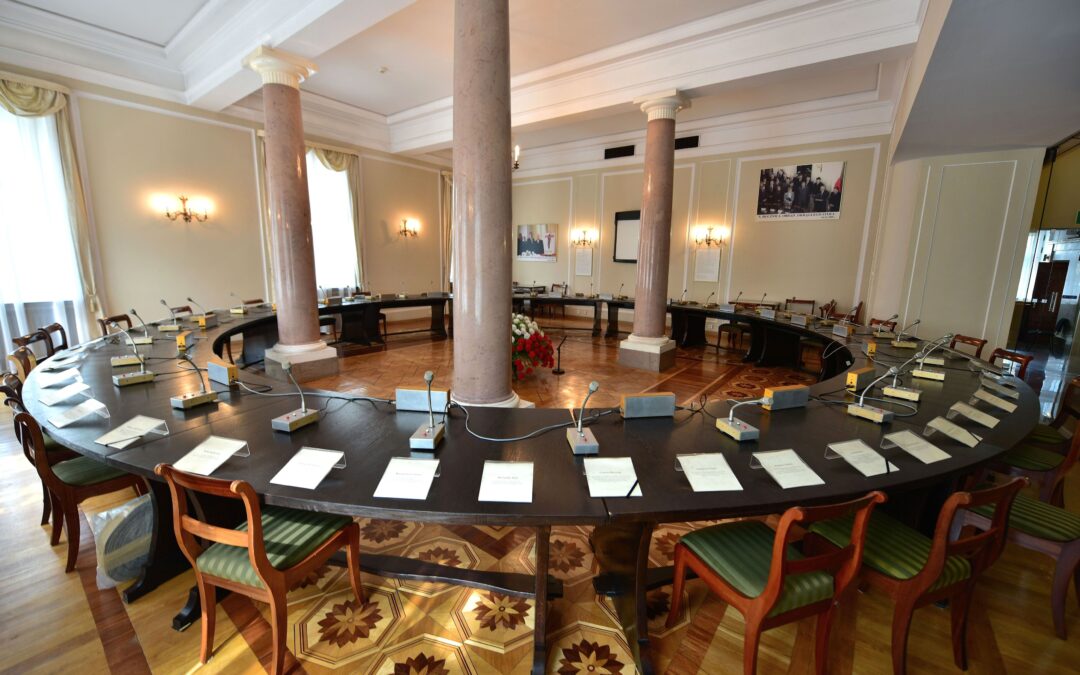Keep our news free from ads and paywalls by making a donation to support our work!

Notes from Poland is run by a small editorial team and is published by an independent, non-profit foundation that is funded through donations from our readers. We cannot do what we do without your support.
A 19th-century manor house in Belarus where renowned Polish novelist and Nobel Prize winner Henryk Sienkiewicz once lived has been sold at auction for the equivalent of €278 (1,180 zloty)
The manor, located in the village of Dubniki in the Grodno region, was where Sienkiewicz wrote Pan Wołodyjowski (titled in English as Pan Michael), the final volume of his celebrated Trilogy, whose first two books are Ogniem i mieczem (With Fire and Sword) and Potop (The Deluge).
Za równowartość 1350 zł. Na Białorusi sprzedano dwór, w którym mieszkał Henryk Sienkiewiczhttps://t.co/iafyny85aV pic.twitter.com/J6g7Rpizkm
— Biełsat (@Bielsat_pl) July 18, 2025
According to Belsat, a Polish-based media outlet focused on Belarus, the property was sold on 14 July via an electronic auction on the “BUGB-Majemasts” platform, run by the Belarusian Universal Commodity Exchange.
The sale included not only the dilapidated two-storey manor house, which until 2005 was used as a care home for the elderly and disabled, but also an administrative building dating from 1968, a bathhouse with a laundry, a canteen, a medical post, garages, warehouses, and several outbuildings.
The estate fetched just 1,058.4 Belarusian roubles, exceeding the starting price by 5%, according to BUGB spokesman Raman Yaniev. It was purchased by a local company from the Grodno region specialising in building materials.
The manor was constructed in 1878 by Polish landowner Bronisław Mineyka. At the time, the Grodno region was under Russian rule. But previously it had been part of the Polish-Lithuanian Commonwealth and, after World War One, it became part of Poland again after the country regained its independence.
The estate fell into disrepair at the end of World War One, when its library and archive were destroyed. Though it was rebuilt in the postwar years, the manor now lies largely in ruins. After the Second World War, the Grodno region became part of Belarus.
Sienkiewicz visited the estate in the 1880s. It was there that he conceived the concept for The Deluge, which was published in 1886, and wrote Pan Wołodyjowski, which came out in 1888, reports Polsat News. Local residents and acquaintances are believed to have inspired several characters in the novels.
In 1905, Sienkiewicz became the first Pole to win the Nobel Prize in literature, with the Swedish Academy citing his “outstanding merits as an epic writer”.
He is best known for historical novels, most famously Quo Vadis (1895), set in ancient Rome. In 1951, the book was made into a Hollywood film starring Robert Taylor, Deborah Kerr and Peter Ustinov.
Nine Polish works appear on the international list of "1,001 Books You Must Read Before You Die".
We run through them all, from historical fiction and short stories to dystopia and science fiction https://t.co/Tapiue9pLb
— Notes from Poland 🇵🇱 (@notesfrompoland) February 7, 2022

Notes from Poland is run by a small editorial team and published by an independent, non-profit foundation that is funded through donations from our readers. We cannot do what we do without your support.
Main image credit: Aftanazy R. Dzieje rezydencji na dawnych kresach Rzeczypospolitej. Cz. 1 [Wielkie Księstwo Litewskie, Inflanty, Kurlandia]. T. 4, Województwo wileńskie. Wrocław: Zakład Narodowy im. Ossolińskich, 1993. S. 81./Wikimedia Commons (under public domain)

Alicja Ptak is deputy editor-in-chief of Notes from Poland and a multimedia journalist. She has written for Clean Energy Wire and The Times, and she hosts her own podcast, The Warsaw Wire, on Poland’s economy and energy sector. She previously worked for Reuters.



















